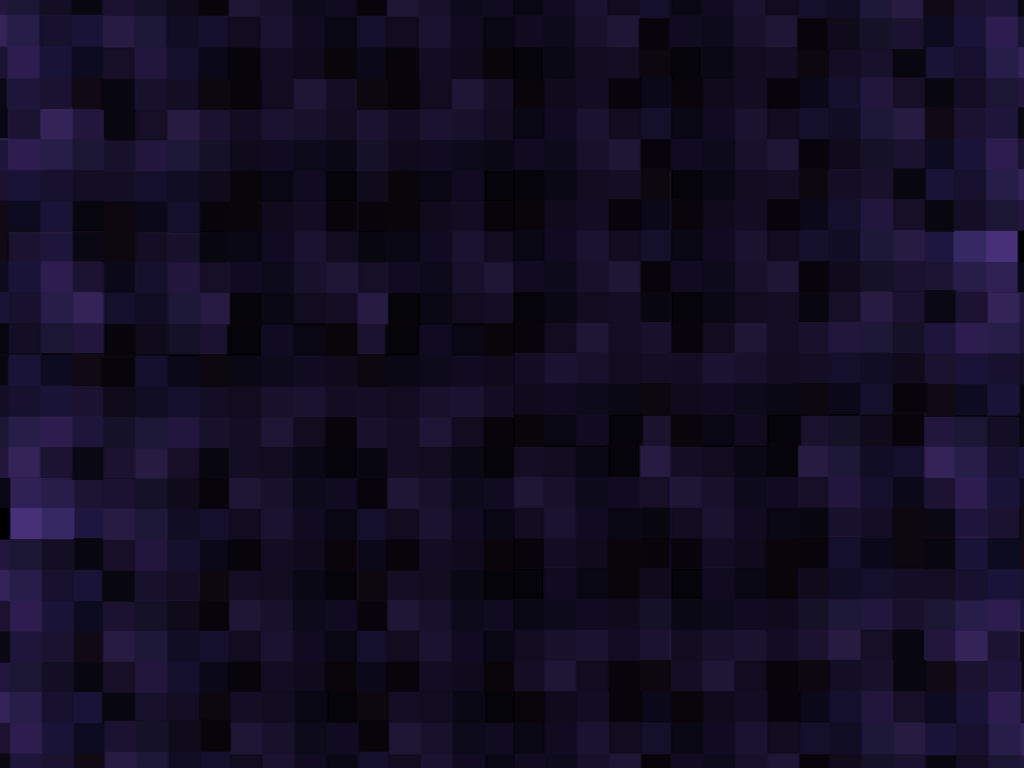Venturing Out
Peter Boal's latest project (what's next?) and Nicholas Leichter's now-generation dances
Deborah Jowitt, The Village Voice
March 16, 2004
A principal dancer at the New York City Ballet, Peter Boal also teaches full-time at the School of American Ballet and has adventured into performing solos by such decidedly unclassical choreographers as Molissa Fenley and Wendy Perron. Last year, he danced a solo program at the Joyce; this year he brings a trio of NYCB colleagues to the same stage. How does he do it all? With the Apollonian elegance and good taste that inform his dancing, as well as with the verve and drama he brings to roles in Balanchine's Prodigal Son and the "Rubies" section of Jewels.
He's been generous to his fellow artists in this new program. In a commissioned solo (unfortunately titled Mopey) by German choreographer Marco Goecke, gifted young Sean Suozzi of the slim, limber body and mop of dark hair becomes not an eighth Snow White dwarf but a restless creature of the urban jungle (signified by the hoodie he wears upon entering). To a score that pairs C.P.E. Bach with the Cramps, Suozzi leaves the stage often, only to return—his bare back to us, bent over, loping sideways, his hands fidgeting, his arms whirling and thrashing.
Another gifted NYCB corps member, Carla Körbes, is the centerpiece of 2nd Prologue, a world-premiere trio by John Alleyne, Ballet British Columbia's artistic director. Centerpiece indeed. Even Körbes, serene and soft in her strength, looks occasionally worried as Boal and Suozzi pass her back and forth or collaborate on turning and lifting her, usually in tranquil positions. Manners veer from polite (one man stands back and watches the other work Körbes) to casually nasty (Suozzi kicks Körbes's legs out of the way as she rolls on the floor).
Both these pieces are interesting, and Alleyne's work has some beautiful moments, despite its one-note theme and the inequality among members of its ménage à trois. Meatier choreography is on display in Twyla Tharp's 1993 Pergolesi and a duet from William Forsythe's Herman Schmerman (to a score by Forsythe's frequent collaborator Thom Willems). Tharp made Pergolesi for Mikhail Baryshnikov, and her sense of him is in its bones; she honored not just his virtuosity, his daring, and his superstar status, but also his impish charm. Boal tackles it bravely and beautifully—managing intricate foot fidgets, spins, and leaps that often turn back on themselves, split-second quotes from famous ballets (Afternoon of a Faun, Spectre of the Rose, et al.), and shifts from formality to casualness (hiking up his pants, grinning at the audience, and beckoning for applause). He doesn't need David Moodey's tricky lighting to make his performance multicolored.
Boal dances Forsythe's pas de deux with the brilliant Wendy Whelan, who has a body made for Forsythework. Wiry, with hardly a curve in sight, she snakes her legs and undulates her haunches in ways that suggest she's constituted of some strong, infinitely tensile material. In his solo, Boal's almost as serpentine as she is, and together the two wrangle smoothly around each other and slide into counter-tensions with cool and single-minded ferocity. In choreography that incorporates such moments as Boal pressing his head into Whelan's back, an arabesque emerges like a beacon of normalcy.
Whatever Nicholas Leichter says his dances are about, something more basic predominates. His new Skin Diving may indeed question ideas about the influence of ethnicity on movement, but getting into someone else's skin, or getting out of your own, seems to inform all his work. As in his other Harkness Dance Project premiere, Never End, he and his excellent performers are bold and charming with one another and with the audience. They merge in intimate but edgy ways, tussle, and—almost without pause—dive into new relationships. In Never End, Khalda Logan watches Holly Handman and Daniel Clifton dance hotly together, worms her way into their union, and gets Clifton to focus on her. Handman latches onto Leichter, then Aaron Draper. But the dancing never stops swinging along. Patterns repeat and crumble. At times, the dancers (including Naima Bigby) join in juicy movement that has the look of something you might do for fun in a club, skillfully sleeked and shaped.
There's a long, strange pause in Never End. Only when Logan re-enters in different clothing do you realize that the full stop for Clifton, Draper, and Handman and the ensuing display of Erik C. Bruce's lighting have been devised to cover a costume change for all, from bright colors to beiges and browns. Yet not much else seems to change. Alfredo Hidrovo's percussion score returns after a long spate of Aaliyah's music. Is Handman a little hornier? Is there a little more grabbing for partners? That hop is new!
Skin Diving is much tighter. The live music for strings by Chris Lancaster (plus additional recorded material by D'Angelo and Thievery Corporation) is terrific. Handman and Clifton again form a not very happy couple, but here all the interactions are clearer and more nuanced. When the group (now joined by Lauren Basco) pulls Handman into its midst after her upset solo, you see the intention to comfort. Leichter is immensely skillful at choreographing group tangles, in which individual gestures of embracing and pulling away become part of one sensuous, ever shifting pattern of human need and desire.
http://www.villagevoice.com/2004-03-16/dance/venturing-out/
Walker Art Center
April 27-September 8, 2024
Click here for details
Marble House Project
May 28-June 18, 2024
Click here for details
Chautauqua Institution
August 17, 2024, 8:15pm
Click here for details
Current Piece #3

